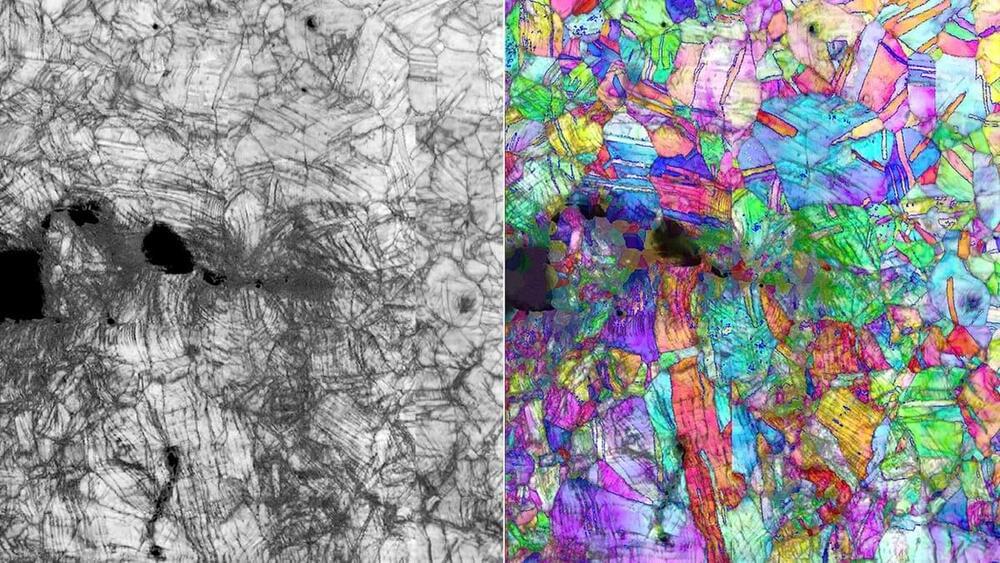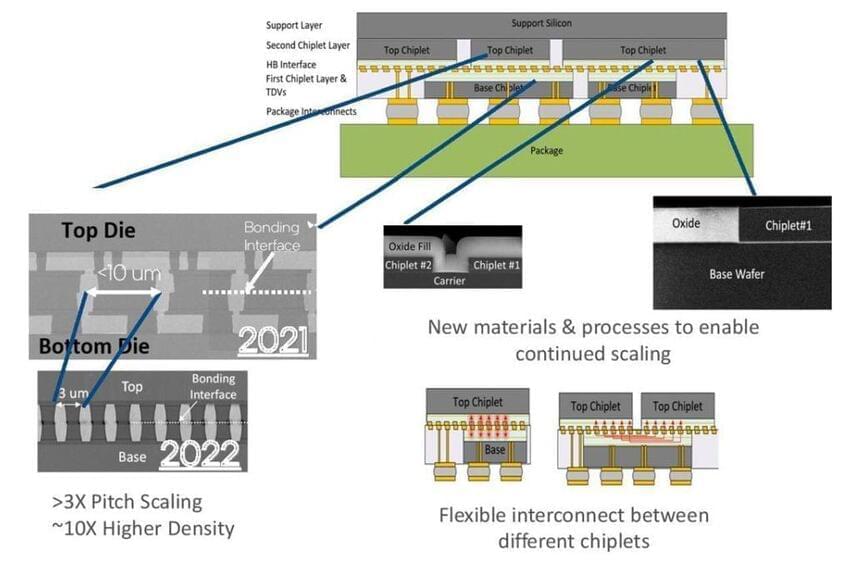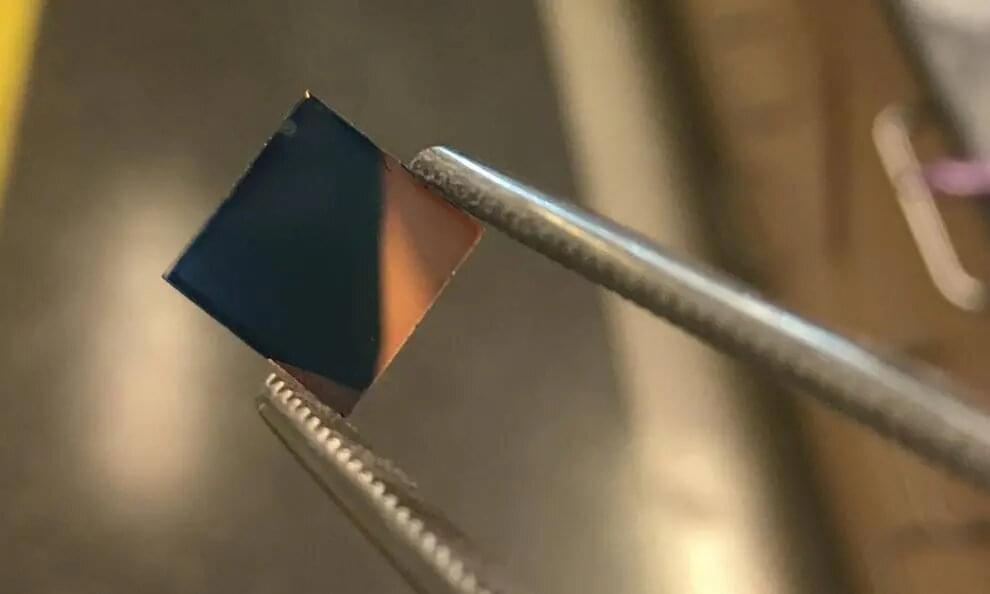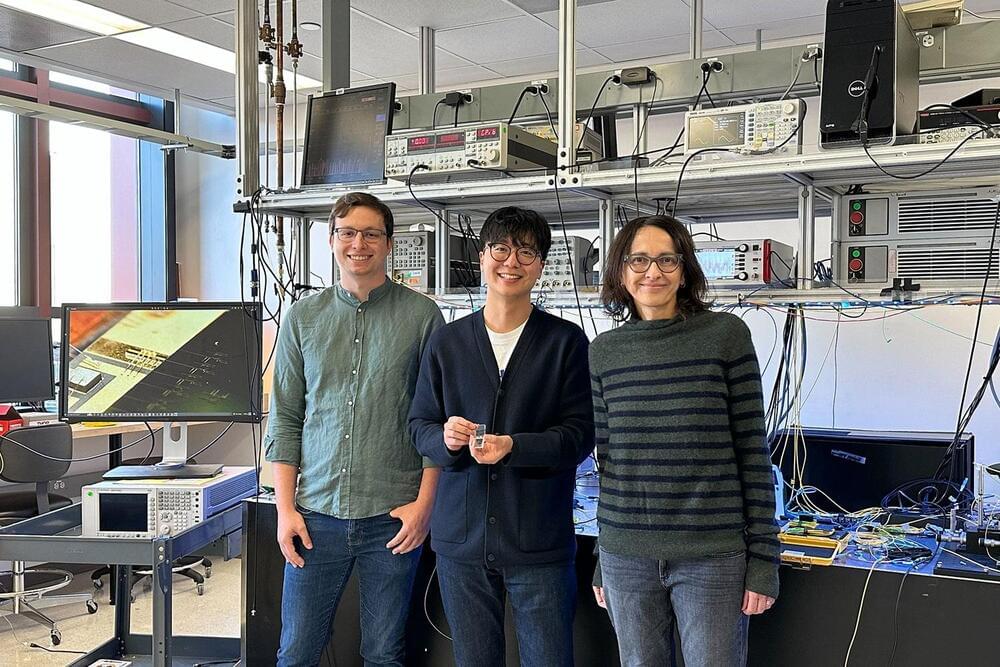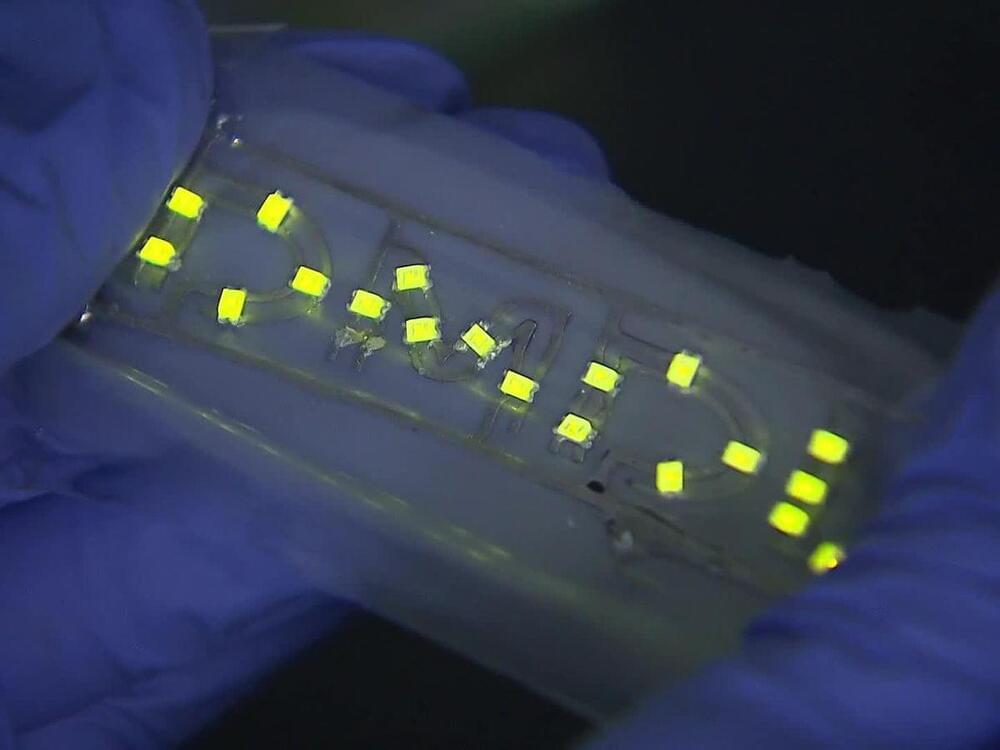The new sodium-sulfur batteries are also environmentally friendly, driving the clean energy mission forward at a low cost.
To realize the universal goal of net-zero emissions by 2050, the world is keenly looking at advancements in battery technology. Lower costs, higher capacity, and optimal utilization of scarce natural resources are expected to play a major role in taking the mission forward.
Their findings were published in Advanced Materials.
IStock / Black_Kira.
Helping to realize the goal, a group of researchers at the University of Sydney has come up with a sodium-sulfur battery with a significantly higher capacity than lithium-ion cells. The battery also costs considerably less to manufacture.

